Description
Why Royal & Co.’s Soya Sauce Deserves a Place in Your Kitchen
Looking for a way to bring out the best flavors in your food? Royal Soya Sauce is the perfect kitchen essential—expertly brewed from the finest soybeans, delivering a rich, smooth, and umami-packed flavor that enhances any dish it touches.
Whether you’re preparing stir-fries, soups, noodles, or marinades, our naturally brewed soy sauce ensures authentic taste and deep savory richness. Unlike processed alternatives, Royal Soya Sauce is free from artificial colors and preservatives, making it a pure and wholesome choice for home-cooked meals.
Our #Clients! In India








Why Choose Royal Soya Sauce?
✔ Naturally Brewed Flavor – Crafted for deep, authentic taste.
✔ Versatile & Delicious – Perfect for cooking, marinating, and dipping.
✔ Rich in Umami – Enhances the natural flavors of your dishes.
✔ No Artificial Preservatives – Pure, premium-quality soy sauce.
✔ Essential for Asian Cuisine – A must-have for stir-fries, sushi, and grilled dishes.
Fresh
Delicious
No Preservatives
Perfect For Every Meal
How to Use:
✅ Marinate: Add depth to meats, seafood, and vegetables before cooking.
✅ Cook: Stir into fried rice, noodles, and stir-fries for rich umami flavor.
✅ Dip: Pair with sushi, dumplings, or spring rolls for an authentic taste.
✅ Season: Enhance soups, broths, and gravies with a dash of flavor.
Perfect for Salad Dressing, Mayonnaise, Light Frying & More Noodles, Stir-Fries, Momos & Marinades!!


Made With Non-GMO Soybeans, Vinegar & Natural Spices!!
Made in FSSAI Certified Facilities
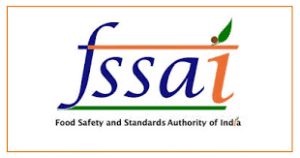
Pro Tip!!
Mix Royal Soya Sauce with honey and garlic for a delicious teriyaki glaze on grilled meats!
🔥 Turn everyday meals into gourmet experiences with Royal Soya Sauce!
🛒 Order now & bring authentic flavor to your kitchen!
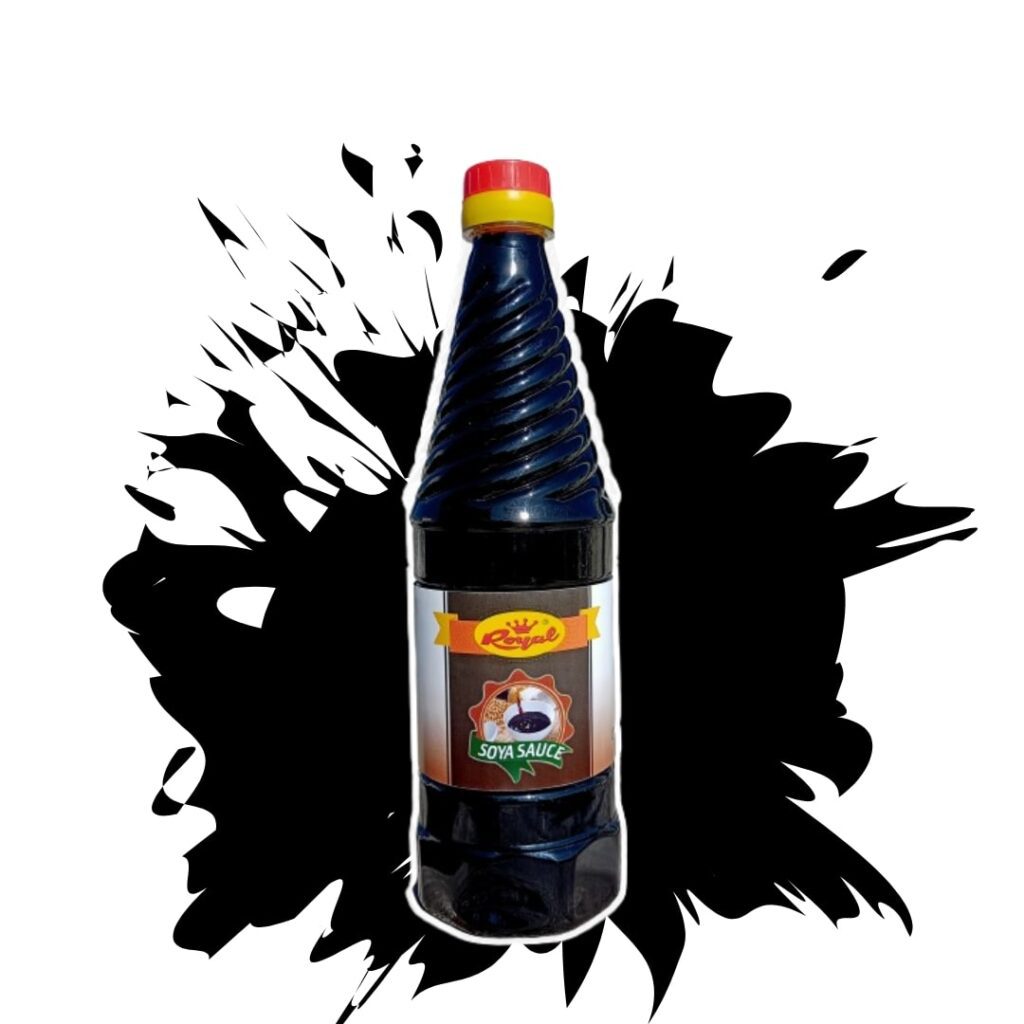
What #Home Cooks Say About Our Soy Sauce
#FAQ!!
Soy sauce is a traditional liquid condiment originating from China, made through the fermentation of soybeans, roasted grains, brine, and specific molds like Aspergillus oryzae or Aspergillus sojae. The process involves soaking and steaming soybeans, mixing with roasted wheat, fermenting in brine, and then pressing, pasteurizing, and bottling the sauce. This fermentation process gives soy sauce its signature salty, umami-rich flavor, making it a staple in Asian and global cuisine
Soy sauce is incredibly versatile and can be used as a marinade, glaze, seasoning, or dipping sauce. It’s commonly used in stir-fries, fried rice, noodles, sushi, sashimi, and as a flavor enhancer in salad dressings and soups. Soy sauce for sushi is especially popular, providing a savory depth that pairs perfectly with rice and fish. You can also use soy sauce as a substitute for table salt to bring out the natural flavors of meats, vegetables, and even grilled dishes
Yes, low sodium soy sauce is widely available and is a great option for those looking to reduce their salt intake. Regular soy sauce is high in sodium, with just one tablespoon containing nearly 40% of the daily recommended sodium limit. Low sodium soy sauce offers the same umami flavor with significantly less salt, making it suitable for people with high blood pressure or those following a salt-restricted diet
Soy sauce contains natural antioxidants, known as shoyu flavones, which help protect the body from free radical damage and inflammation. The fermentation process also produces shoyu polysaccharides, which have anti-allergic properties and may support digestive health by promoting beneficial gut bacteria. While soy sauce can enhance digestion and provide some protein, it should be consumed in moderation due to its high sodium content
Traditional soy sauce is not gluten free because it is brewed with wheat. However, gluten free soy sauce options like tamari are available and made with little to no wheat, making them suitable for people with gluten sensitivity or celiac disease. Always check the label for certified gluten free soy sauce if you have dietary restrictions
If you’re looking for soy sauce alternatives, consider tamari (a wheat-free soy sauce), coconut aminos, or liquid aminos. These options provide a similar savory flavor profile but are often lower in sodium and free from gluten, making them ideal for people with allergies or those seeking a healthier option
Consuming soy sauce in moderation is generally safe for most people. However, excessive intake can lead to high sodium levels, which may cause water retention, bloating, and increased blood pressure. Some soy sauces contain monosodium glutamate (MSG), which can trigger headaches or gastric discomfort in sensitive individuals. People with soy or wheat allergies should choose certified alternatives to avoid allergic reactions



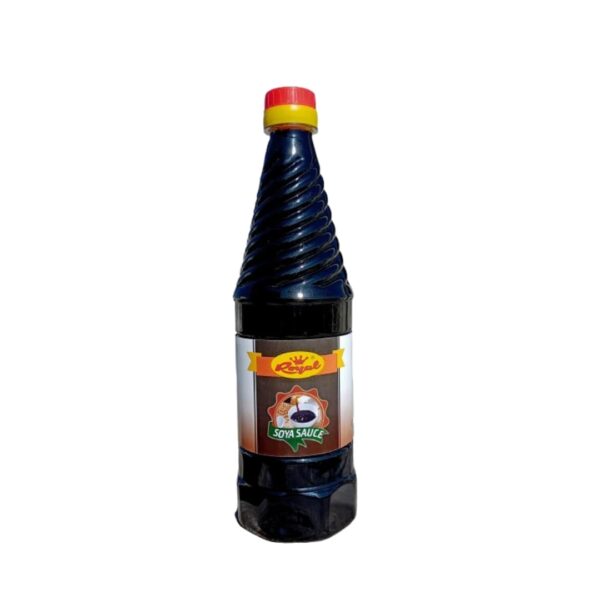
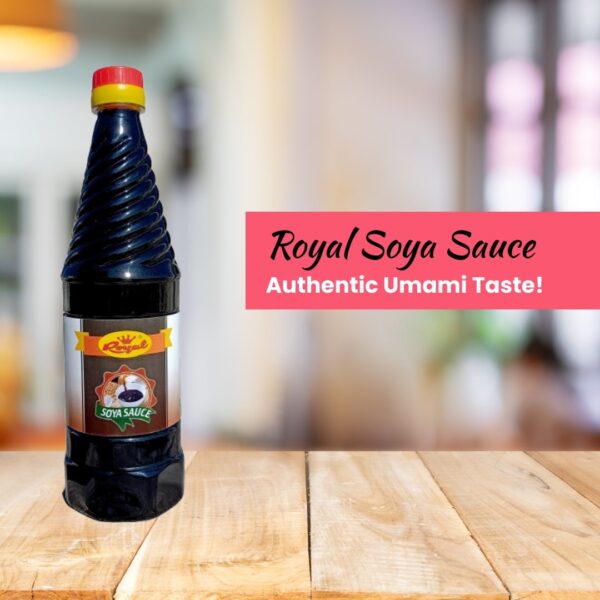

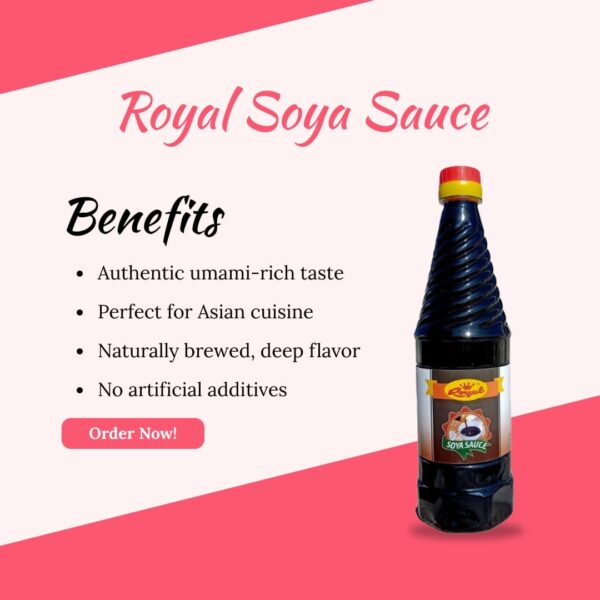
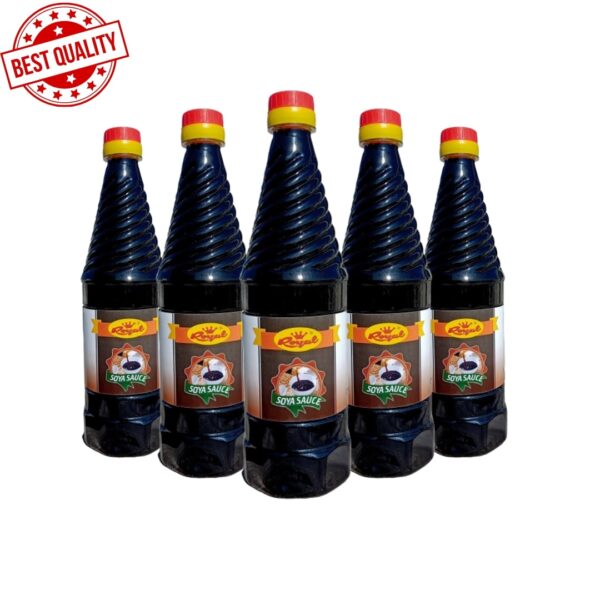
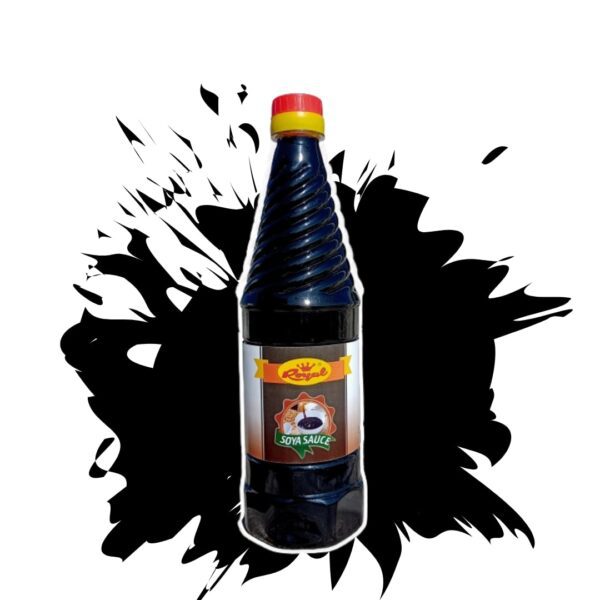
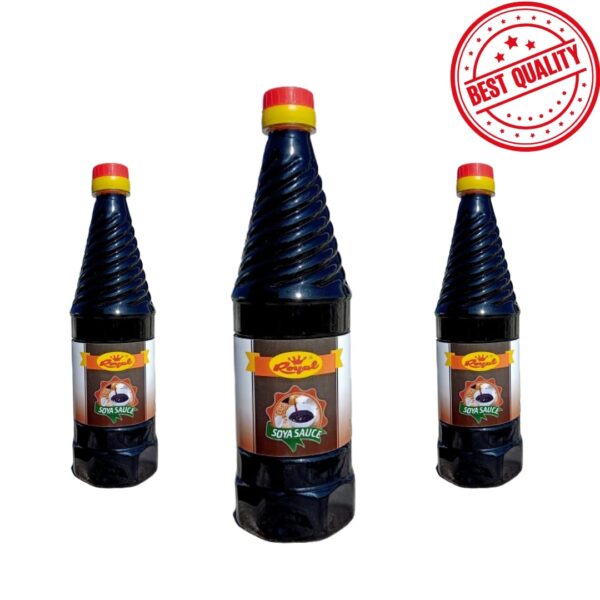
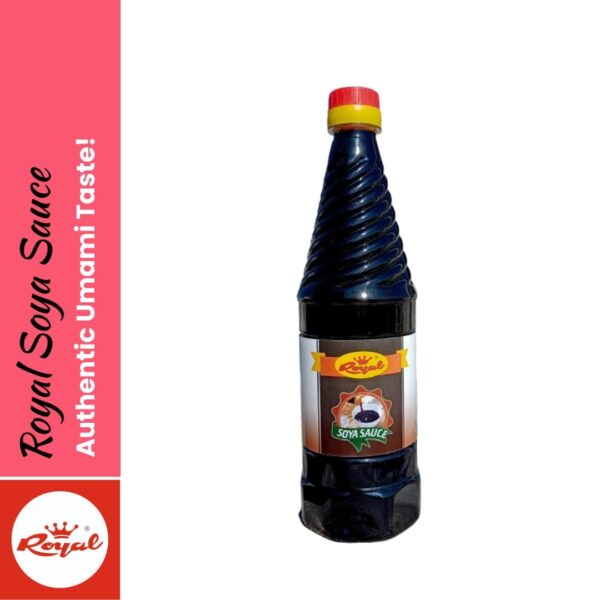









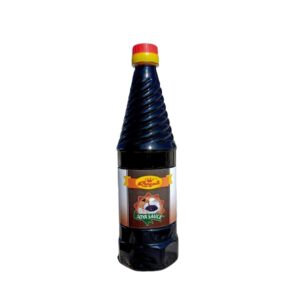
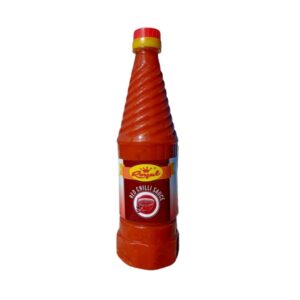


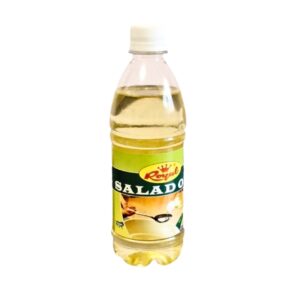
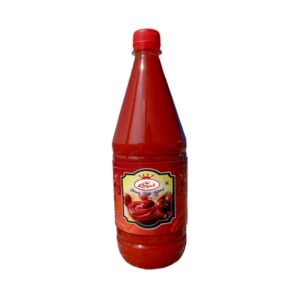



Reviews
There are no reviews yet.